Passive and Active - Intermittent Hypoxic Exposure (IHE) and Training (IHT) explained
IHT is where you breathe in reduced amounts of air through a mask-based system alternating bouts of low oxygen air with normal air (mask off). It needs to be understood that this is quite different from sleeping or living at altitude for periods at a time but with the goal being the same, which is improving your acclimatisation to high altitude or improving athletic performance.
To be more specific, the goal is to increase the body’s ability to tolerate low oxygen saturation levels kick starting it to efficiently better use oxygen in the muscle cells and circulatory system. In other words, IHT increases the oxygen economy. You can also combine sessions of IHT and a sleep based system (altitude tent). However, for people with limited time 2-3 sessions of IHT per week is a VERY effective and time saving way to get the benefits of altitude training and acclimatisation.
When doing IHT training you breathe through a mask which is supplied with reduced air from a hypoxic generator from Hypoxico, the world leader in altitude training systems. These have the capacity to go as low as 9.5% oxygen (at sea level we breath 20.9% oxygen). Training can be performed at as little as 500 mtrs or as high as 6500 meters.
Training sessions can be between 1 hr - 1 hr 30 minutes and performed by breathing reduced air through a mask for periods of time anywhere from 3 minutes to as long as 15 minutes depending on the individual protocol set out for you and what your goals are. These periods are interspersed with mask off, i.e. breathing sea level air allowing recovery.
You have several options with regard to what you want to achieve along with time commitment and costs:
Option 1 – Intermittent Hypoxic Exposure (IHE)
This type of exposure is done through a mask breathing in reduced oxygen air and is also called passive (where you are sitting down). You can be reading or maybe working on your computer, or even watching something on the big screen smart TV at the NZ Altitude Centre.
There is plenty of researched-based data showing this type of exposure improves tolerance to high altitude acclimatisation and athletic performance. You are monitored by an oximeter, which a finger tip device that measures the blood oxygen saturation level called SpO2. Best results are found where the level is between 78-84% when the mask is on and recovering to above 92-94% when mask is removed.
The time spent with the mask on traditionally is around 5 minutes interspersed with breaks of 5 minutes with the mask off. You are repeating this process until the desired duration of the session is completed. Durations of mask on and mask off along with altitude vary between clients due to the number of exposures and sessions completed under IHT or IHE.
Option 2- Intermittent Hypoxic Training (IHT)
Actively training under hypoxia using a treadmill or exercise bike 2-3 times per week of 1-1 hr 30 minutes per session is an extremely effective and time efficient way for picking up the benefits for athletic improvement and preparing for acclimatisation to altitude. A mask-based system is incorporated in the same way as explained in option 1. The protocols will vary depending on what you are training for.
For athletes preparing for events after a prescribed number of hypoxic exposures the focus would be on more intense interval based workouts. The athlete can also complete the sessions at a lower intensity, e.g. to maintain or enhance fitness if he/she is injured. The focus would still be on a level of 78-84% so the benefits of altitude are still there.
Summary
The benefits of altitude training are for everybody, so please understand that the training protocols can be many and varied depending on if you are climbing Kilimanjaro to training for a triathlon or cycling event. Or you want to use IHT or IHE for the benefits of weight loss or reducing episodes of asthma.
Once a consultation is booked we can the best recommend and prescribe a individualised programme that best suits your goals.
Ready to give it a try? Book your free intro!
Includes a one-on-one consultation.
Want to know more? Learn all about the benefits of altitude.

